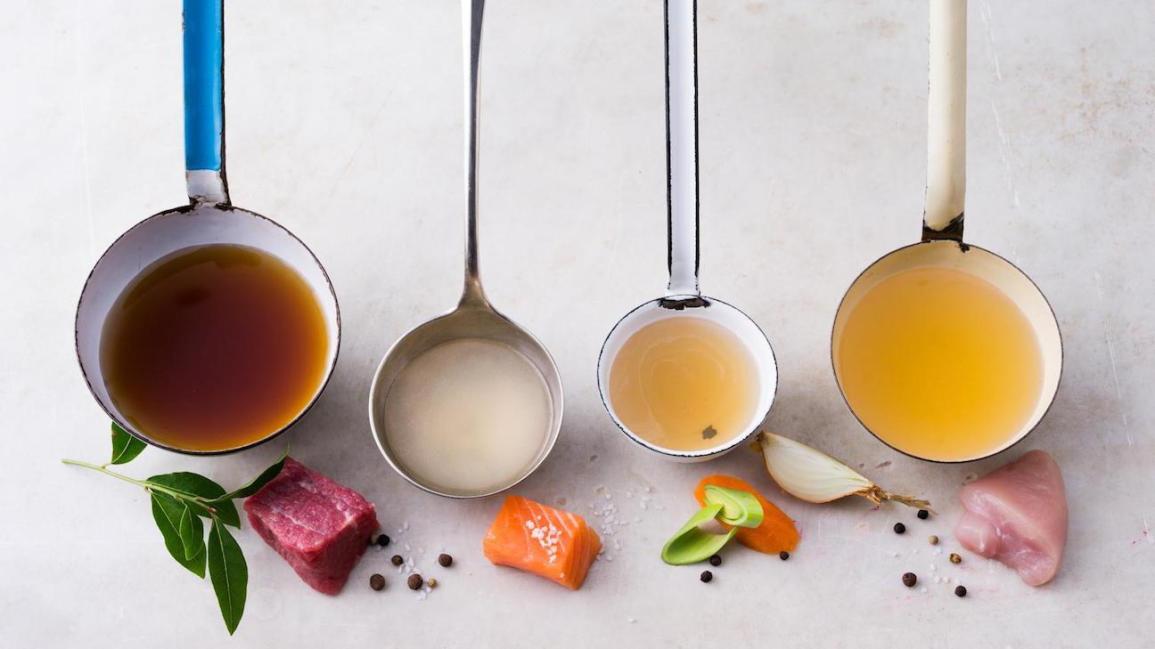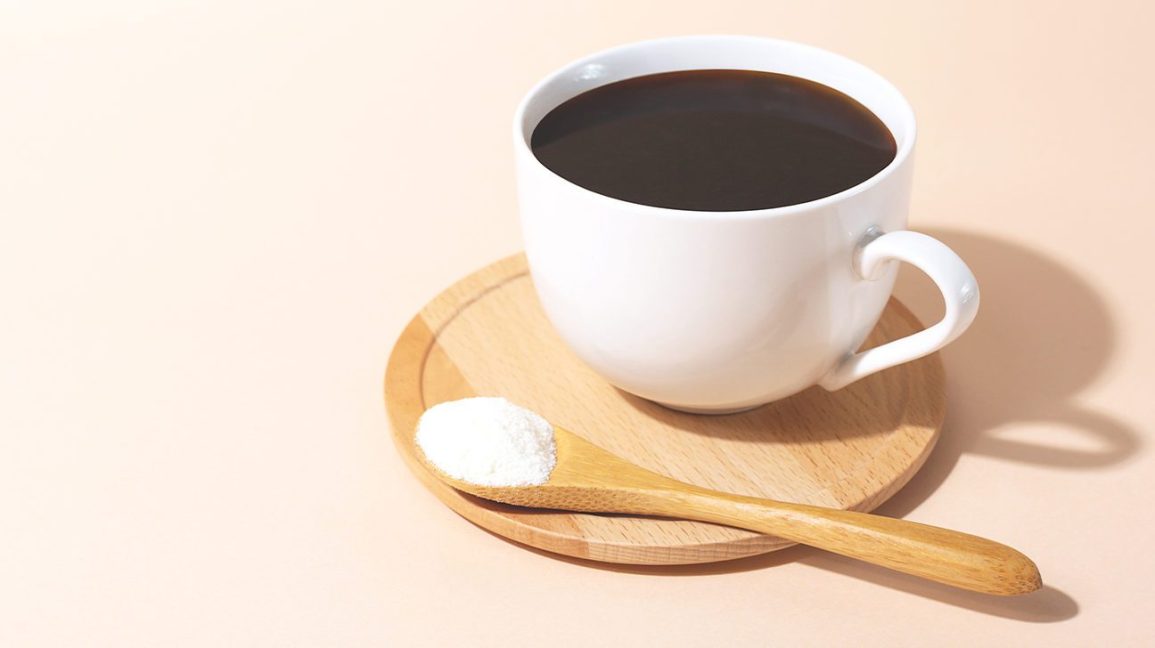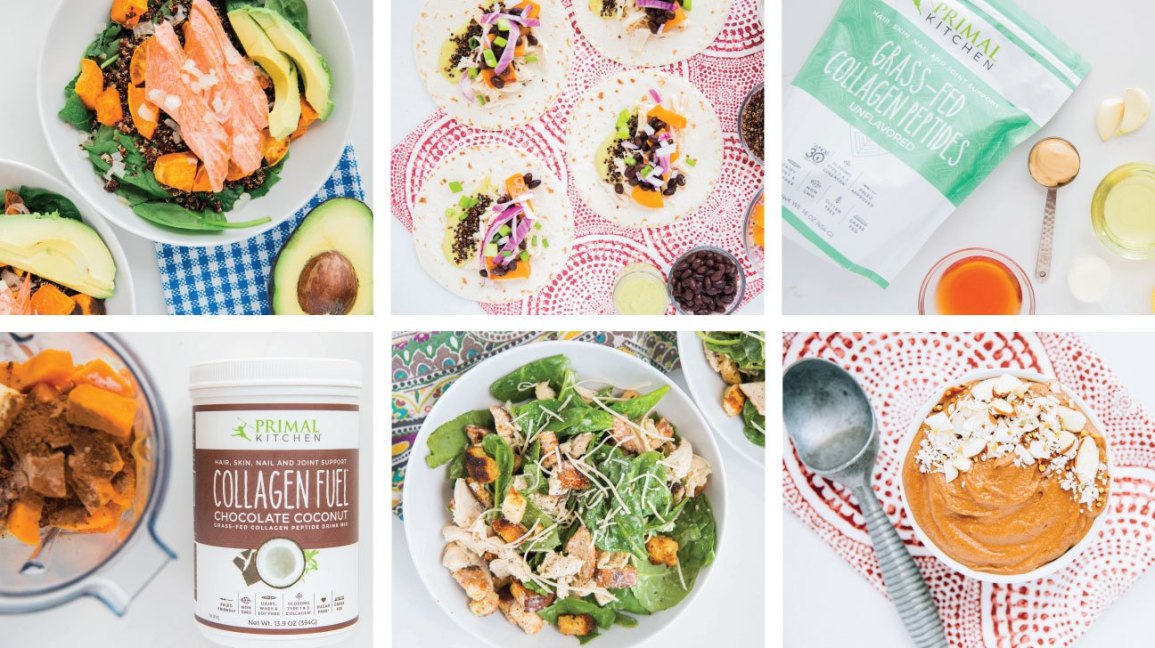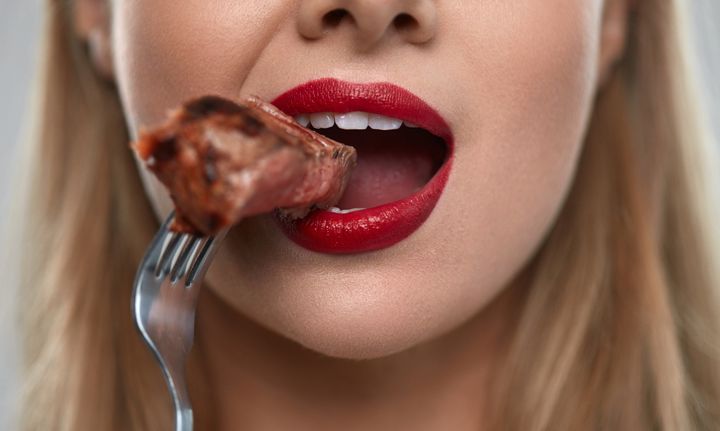

We know collagen is going to help with the joints because we know half of your bones are protein. We need good building blocks for our cartilaginous tissue and ligamentous tissue. Frankly, most people get most of their protein from muscle meats. That's a problem because they're not getting the knuckles, the bones, and the cartilage, as we would from old-fashioned soups. So, if you're doing a lot of soups and bone broth soups, that's great. If not, we really want to add extra collagen.

I do 20 g of collagen in my coffee every morning. I think it's amazing. I do my true collagen with some MCT oil and grass-fed butter. I love it. I think it's excellent for skin, hair, nails, and just for overall prevention of bone loss and cartilage loss. We know the wear and tear that most people experience in their joints throughout the year, especially if they do a lot of long-distance cardio. You really need more building blocks to help prevent and mitigate the wear and tear, so you don't have knee and joint replacements later in life. Collagen can really help decrease some of that wear and tear.

I like adding collagen in my coffee in the morning because it has a nice little kind of creamer-like effect. It gives that little bit of frothiness which is wonderful. I also do it before bed. Sometimes I'll do a little bit of collagen (glycine), magnesium, and vitamin C because vitamin C is a really important building block for making collagen. I find magnesium has some very good calming effects as well where there are plugs in the GABA or it's just a natural beta-blocker as well. It can calm the heart and bring the heart rate down a little bit. I think magnesium does work on some of those GABA pathways as well and, of course, magnesium helps with blood sugar. You'll get deeper sleep and better REM sleep when you have good magnesium. So, I love combining collagen and magnesium at night.

You can get collagen from food via bone broth. Chicken skin is super rich in glycine, roughly 3.3 g for 3-1/2 oz. If you make chicken soup, throw the whole chicken in there. Get a rotisserie chicken from Whole Foods and or get the fattier cuts of the chicken at least with the bone and the skin, so that way you get the best of both worlds if you're going to do it from a whole food source. Regarding seafood, wild salmon is going to be the best source of glycine.